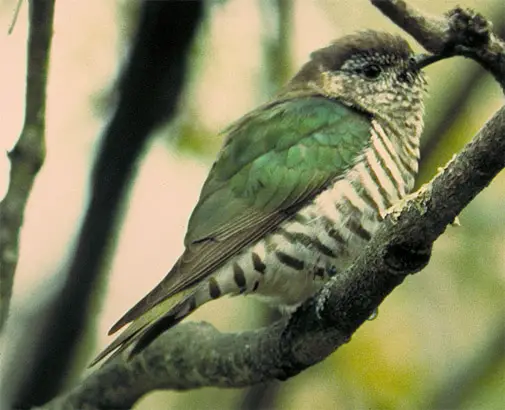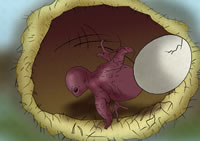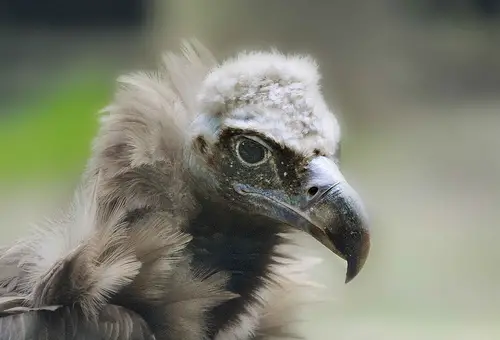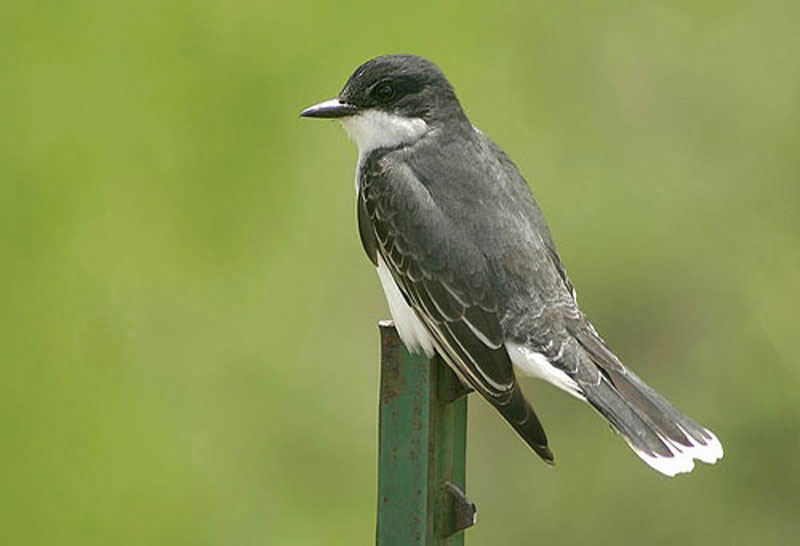Shining Bronze Cuckoo
High in the trees in the rain forests and in some thick and overgrown eucalyptus forests in eastern and south-western Australia.
They are called the Shining Bronze Cuckoo.
The Shining Bronze Cuckoo has a very fine, straight pointed beak, that has a sharp point on it. It takes its name from the color of its feathers which are rather metallic in the way they shine.

The Shining Bronze Cuckoo
They, like many other birds have feet with two toes that face forward and two facing backward.
The Bronze cuckoo calls to its mate and chicks using a very shrill and high pitched whistle.
During the daylight hours the cuckoo will sit in the tree and watch for prey to come to them.
Their prey consists of caterpillars, beetles, flies and ants to eat.
They pick their prey items off the ground, leaves or branches and swallow them whole.
Shining Bronze-cuckoos do not build nests such as other birds do.
They will lay their eggs in the nest of another bird, primarily birds like thorn bills, wrens, flycatchers and honey eaters.
The Female Bronze Cuckoo lays a great number of eggs during mating season, and may at one time lay up to 16 eggs that are long, pale green to brown.
The eggs are laid one at a time in the nests of 16 other birds.
The other birds do not notice that they are sitting on a stranger’s egg.

A Cuckoo throwing out other eggs from the nest
Young cuckoos will very often push the chicks of other birds out of the nest, leaving it without competition in its fight for food. They will also, when they have hatched, throw out the other eggs so that the nestlings never even hatch to begin with. Even when, rarely, raised by its own parent, it will throw out other nestlings to keep itself on top of the food chain.


